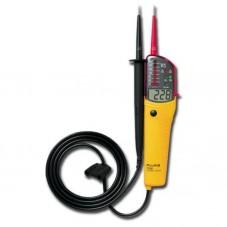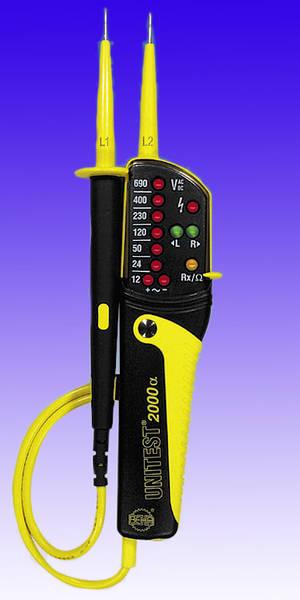I am relativley new to these boards & to DIY and over the last couple of months I have been reading the top notch advice given by seasoned posters.
One of the things I have noticed is the repeated recommendation to NOT use a neon screwdriver to test a circuit is dead before working on it.
My question is why? I'm not stating that the advice is wrong but simply want to clear up why because over the years I have always used only a neon screwdriver to test dead. What should I use instead? i don't want a belt one day when I could have easily avoided it.
I'm not stating that the advice is wrong but simply want to clear up why because over the years I have always used only a neon screwdriver to test dead. What should I use instead? i don't want a belt one day when I could have easily avoided it.
Please advise. Thanks
One of the things I have noticed is the repeated recommendation to NOT use a neon screwdriver to test a circuit is dead before working on it.
My question is why?
Please advise. Thanks




